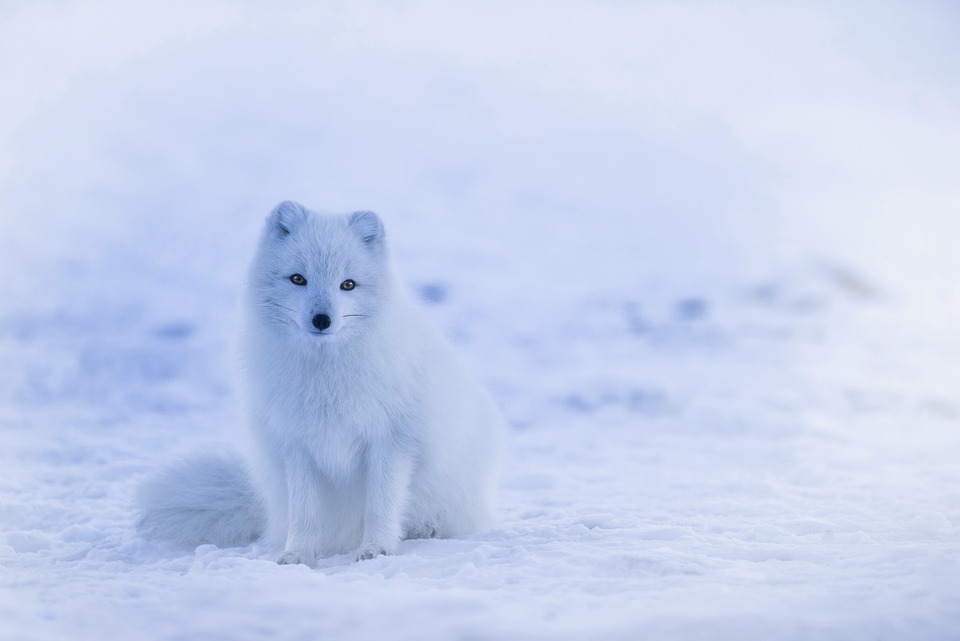A Whole New World: Exploring the Diversity of Lesbian Characters in Movies
Lesbian representation in movies has come a long way from being relegated to minor or stereotyped roles. Today, there is a whole new world of diverse lesbian characters on the silver screen. These characters not only showcase the wide spectrum of experiences and identities within the lesbian community but also contribute to the ongoing visibility and acceptance of LGBTQ+ people.
One of the most significant developments in recent years is the portrayal of lesbian characters as fully fleshed-out individuals with their own hopes, dreams, and struggles. Gone are the days when lesbian characters existed solely to fulfill the male gaze or serve as an object of fetishization. Instead, they are presented as dynamic protagonists who navigate complex relationships, discover their identities, and confront societal barriers. This shift reflects a growing understanding among filmmakers and audiences about the importance of authentic representation and the power of storytelling.
One outstanding example of authentic lesbian representation can be found in the film “Carol,” directed by Todd Haynes and based on Patricia Highsmith’s novel “The Price of Salt.” Set in the 1950s, the movie depicts the forbidden romance between Carol Aird (played by Cate Blanchett) and Therese Belivet (played by Rooney Mara). “Carol” not only showcases the complexities of same-sex forbidden love during a more conservative era but also highlights the unique challenges faced by queer women in their personal and professional lives. The film beautifully captures the longing, desire, and tender connection between the two characters, resonating with audiences and garnering critical acclaim.
Another noteworthy lesbian character is Abbie, portrayed by Kristen Stewart in the dramedy “Happiest Season.” Directed by Clea DuVall, the film explores the challenges of coming out during the holiday season. Abbie is a vibrant and relatable character who brings an added layer of diversity with her queerness intersecting with her racial identity. “Happiest Season” illustrates the experience of navigating family dynamics as a queer person, highlighting the importance of acceptance and self-acceptance.
Lesbian representation has also found a place in the realm of animation. In the Pixar film “Onward,” Pixar introduced Officer Specter, voiced by openly gay actress Lena Waithe. Officer Specter is the first openly LGBTQ+ character in a Disney-Pixar film and provides crucial visibility and representation for young audiences. While her sexuality is not the central focus of the story, her inclusion illustrates the importance of normalizing LGBTQ+ identities in mainstream media.
Furthermore, diverse lesbian characters can be found in independent films exploring various cultural contexts and subcultures. For instance, “The Handmaiden,” a South Korean erotic thriller directed by Park Chan-wook, showcases a forbidden love affair between two women in 1930s Korea. The film delves into the complexities of gender, sexuality, and power dynamics, pushing the boundaries of storytelling and representation.
As the film industry continues to evolve, it is crucial to recognize the progress made in the portrayal of lesbian characters. The exploration of diverse lesbian experiences in movies not only provides validation for LGBTQ+ audiences but also educates and fosters empathy among wider audiences. By representing lesbian characters as multidimensional individuals with unique voices and stories, filmmakers contribute to a more inclusive cinematic landscape.
However, it is important to acknowledge that there is still work to be done. As more lesbian characters enter mainstream cinema, it is crucial that their narratives extend beyond stereotypes and tokenism. Empowering queer voices, sourcing authentic experiences, and involving LGBTQ+ creators and consultants in the storytelling process are vital steps to ensure continued growth in accurate portrayal and representation.
In conclusion, the diversity of lesbian characters in movies has expanded exponentially in recent years. These characters reflect the nuances, challenges, and triumphs of the lesbian experience. From period dramas to comedies and thrillers, lesbian characters are being given the spotlight they deserve, captivating audiences and tearing down barriers. As we continue to explore these stories, we contribute to a more inclusive, informed, and accepting world for LGBTQ+ individuals both on and off the screen.
